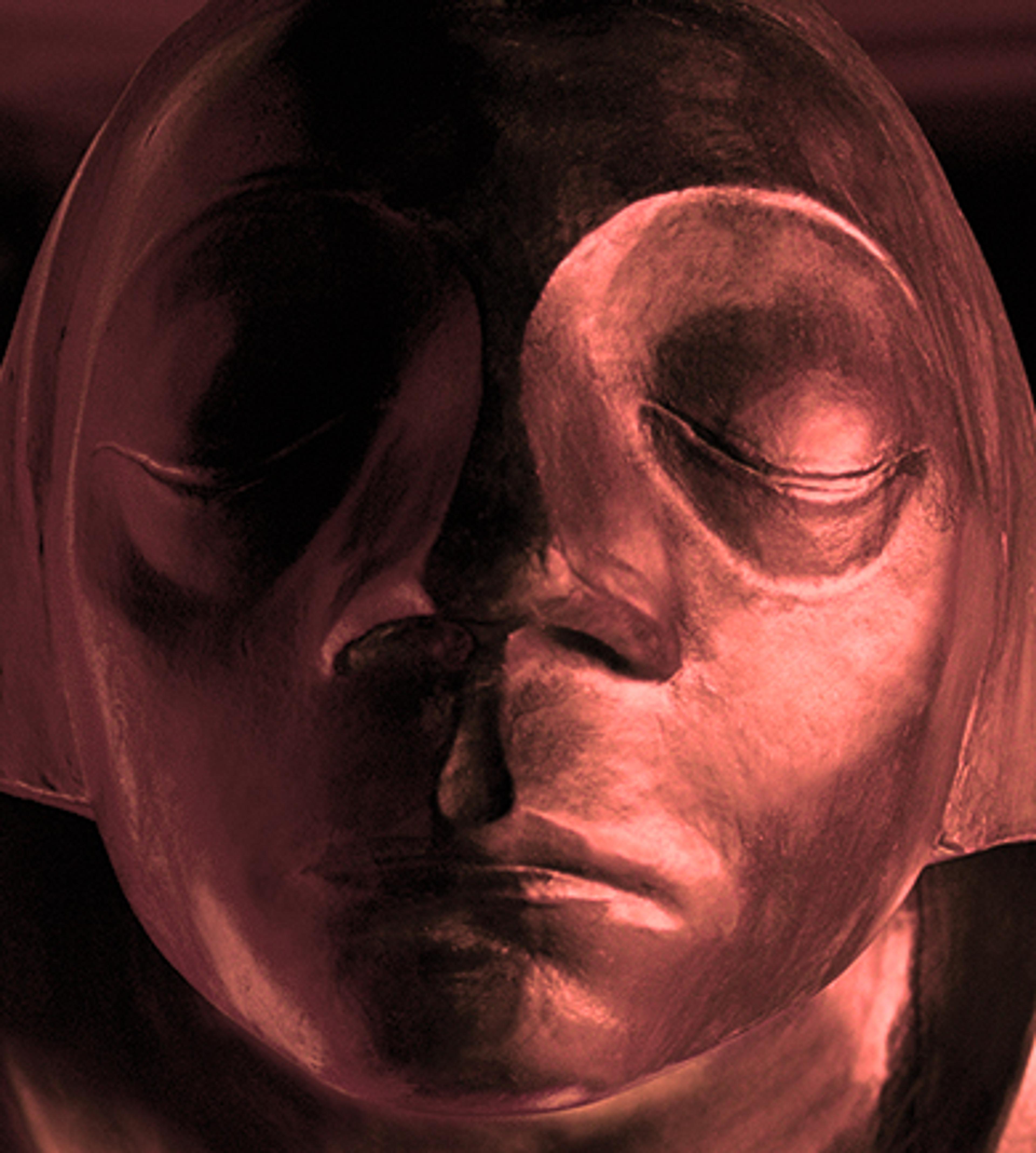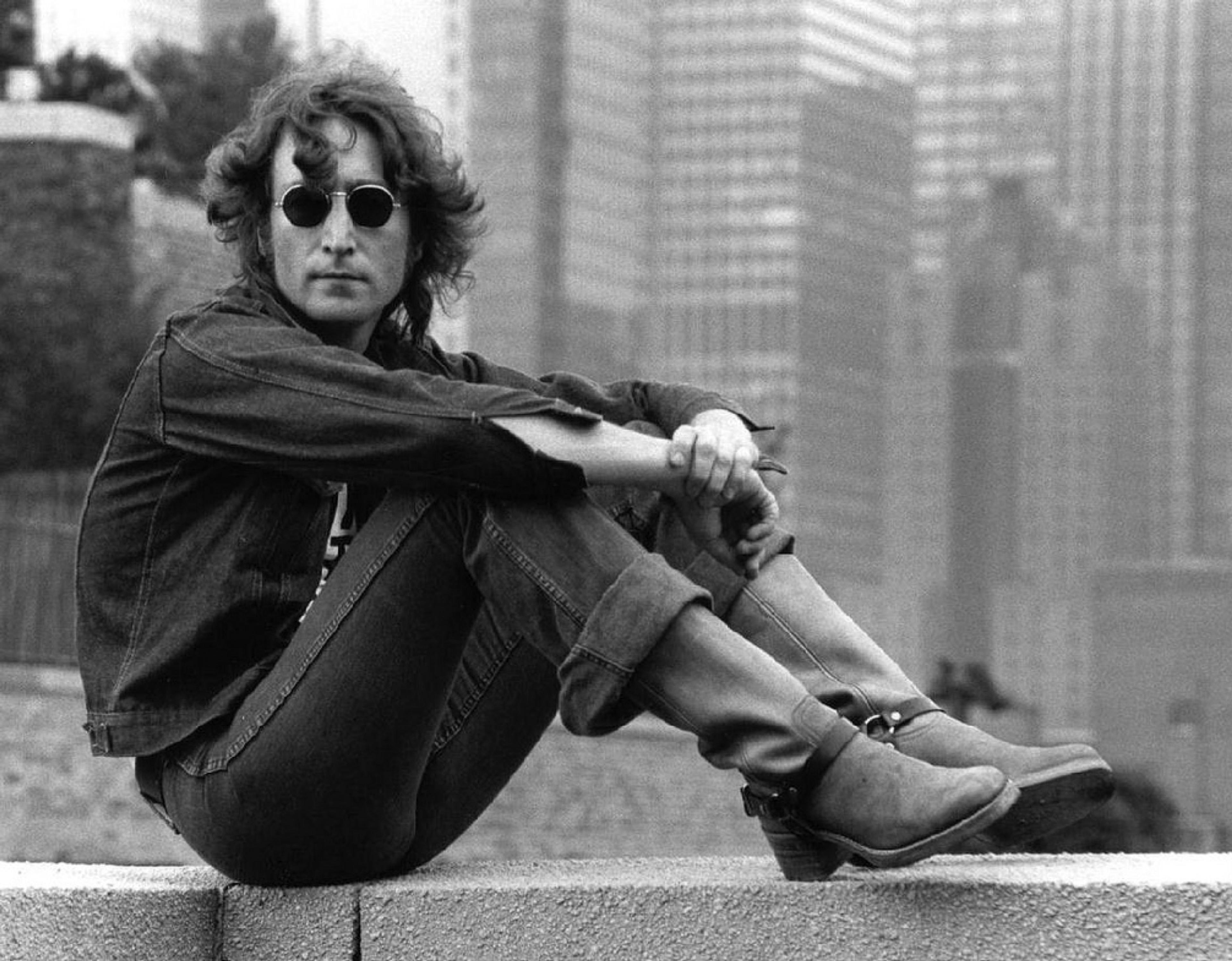
06.10 - 03.12.2017
Ernst Barlach - Kaethe Kollwitz: Beyond the Borders of Existence, Minsk
With over 200 works, the exhibition provides an impressive overview of 50 years of their artistic work.
National Art Museum Belarus, Minsk
Under the patronage of the German Ambassador in Minsk, Peter Dettmar.
With Ernst Barlach (1870-1938) and Käthe Kollwitz (1867-1945), two important artists of German Expressionism are presented in Belarus for the first time. With over 200 works, the exhibition provides an impressive overview of 50 years of their artistic work.
What makes Käthe Kollwitz as well as Ernst Barlach world-famous individual positions of modernism is their unbroken plea for the human being in his existential life situation. Neither Barlach nor Kollwitz ever attempted to abstract from the state of human existence, but rather they placed man with his worries and hardships and likewise with his hopes and dreams at the center of their art and captured them in haunting images. These pictures are still haunting today. Their greatest achievement, however, was certainly their passionate plea for peace and against any war. Ernst Barlach found in 1906 through his trip to the then southwestern Russia (today Ukraine) to the artistic and aesthetic leitmotifs that would determine his entire work. Käthe Kollwitz grew up in Königsberg (today Kaliningrad). Her early drawings focused on the poverty of the dockworkers in her homeland. Even later, when she moved to Berlin, her artistic work focused primarily on the plight of people in transition to a modern industrial society. Like many European artists, she associated the revolutionary events in Russia with the hope of a fundamental change in the world and a socially just society. For Ernst Barlach as well as for Käthe Kollwitz, Russian culture had a formative influence.
In 2018, the exhibition was presented at the Russian State Museum in Saint Petersburg and the National Art Museum of Ukraine in Kiev. It sees itself as a platform for current dialogue about the past, present and future. In addition to the historical events it touches on, however, it is above all the artists' questions about progress toward a peaceful future that is compatible with people and nature that have retained their urgency to this day. For this reason, the exhibition will be accompanied by the transnational dialogue project face art - face future. In order to define the content for this accompanying program, a joint workshop took place in Minsk from October 2 to 5, 2017, attended by 20 artists, art educators, art historians and curators from Minsk, St. Petersburg, Kiev and Hamburg.







